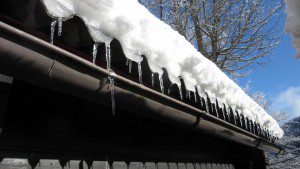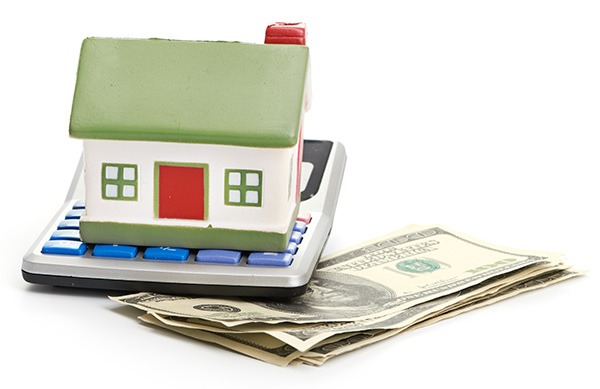Prevent In-Home Flooding from the Spring Thaw with These Tips
Many areas of the U.S. that have been subject to snow and cold weather are finally starting to experience more consistent warm temperatures. While the spring warm up is nice, the spring thaw that results can lead to problems. As the temperatures rise, leftover snow and ice, as well as the frozen ground, begin to thaw out. This thaw creates excess water that can cause water damage, in home flooding, and other issues around your home. If you do not take the spring thaw into account, you could experience flood damage or even a flooded basement. The following flood prevention tips will help you protect your home from the effects of the spring thaw. If you have already experienced flood damage, make sure you contact a water damage restoration professional right away.
- Shovel the snow near your home: If there is snow still up against your house, shovel it away so it can melt somewhere away from your home. You should also remove anything in your yard that may obstruct the draining of melting snow and ice.
- Inspect the drainage system: The drainage system on your property must be free of obstructions so the melted snow and ice will drain away from your home. Open your roof drains and make sure the floor drains of free of debris. If you have flood drains outside your home, make sure they are clear as well.
- Check the gutters and downspouts: The gutters and downspouts allow water runoff from the roof to drain away from the home. During the winter, debris such as twigs, leaves, and ice may block the gutters. This can lead to a range of issues from water damage or leaks on the roof to basement flooding from the water buildup near the foundation. It is very important to clear any debris from your gutters and downspouts to allow for proper drainage.
- Inspect your roof: You must check the condition of your roof to make sure there is no damage from the winter. Hiring a professional to inspect your roof is the best and safest option.
- Protect delicate items: Move valuable or important items like personal documents, electronics, and paintings to the upper floors. Try to get everything in your basement off the ground and onto a shelf or milk crate.
- Test your sump pump: The early spring is a great time to test your sump pump. This will help ensure that it is working to prevent flooding in your basement. If you do not have a sump pump, you should consider installing one in your home.
- Consider flood insurance: Homeowner’s insurance does not cover flood damage which is why you should consider flood insurance. A flood insurance policy will protect your home in case of flood damage.

Melting ice and snow on your roof can cause serious issues.
As the weather starts to get warmer this spring, protect your home from water damage caused by the spring thaw with these tips. Following these simple tips can prevent basement flooding or water damage on your roof or foundation that could end up being a damaging and expensive problem. If you do experience water damage or flooding, contact a restoration professional for flood damage restoration services. You can count on these professionals to remove flood water and ensure that the affected areas are cleaned and restored.












